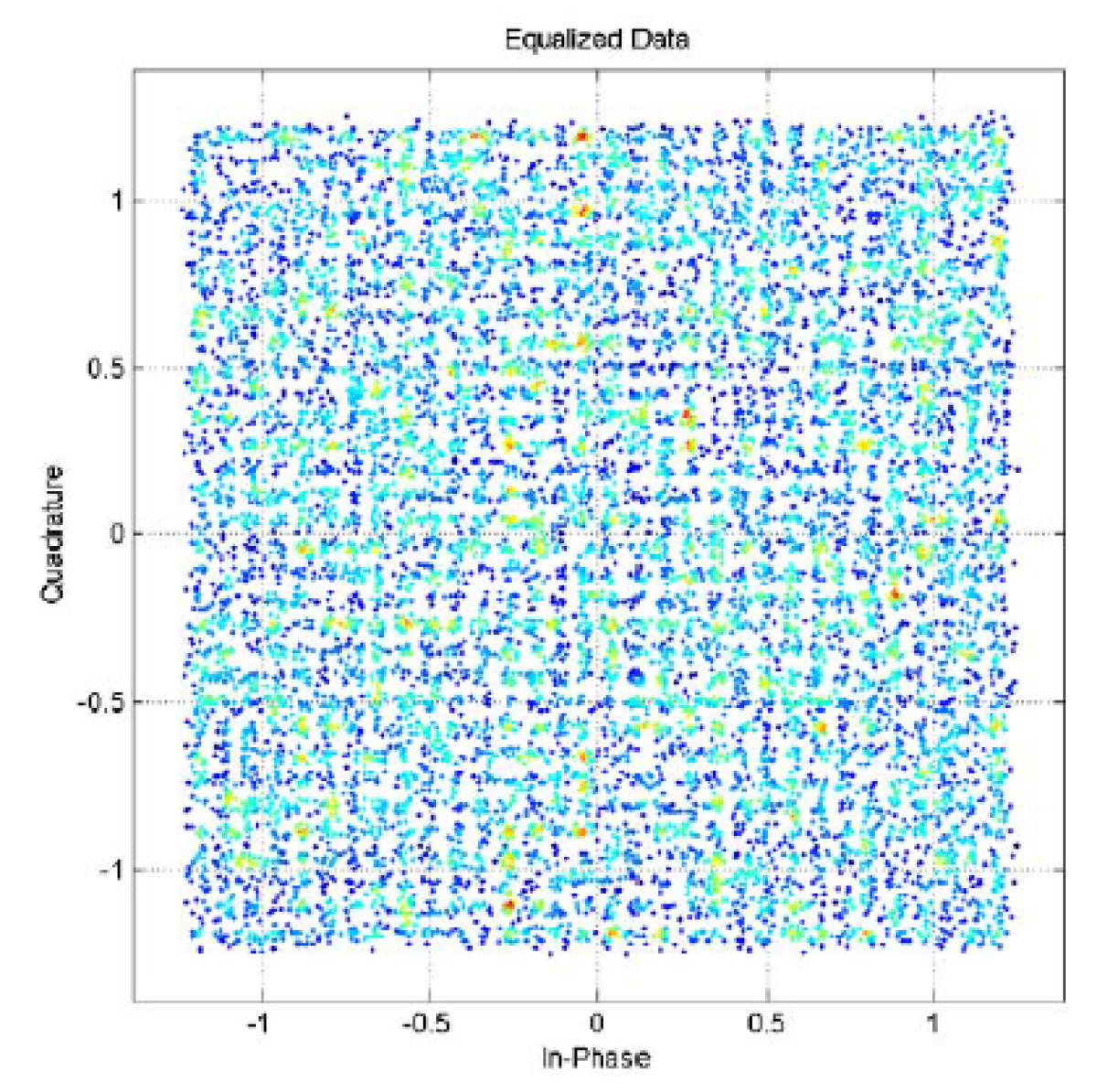Press releases
Spectral efficiency of 10 bit/s/Hz at 60 GHz experimentally provenNew world record for digital radio transmission
Researchers at the Center for Semiconductor Technology and Optoelectronics have once again achieved a breakthrough in the field of radio transmission that could simplify the expansion of future 5G mobile networks. As part of the European research projects IPHOBAC-NG and RAPID5G, new technologies or new system architectures have been developed that enable particularly efficient radio transmission even at the highest radio frequencies.
At the end of last year, researchers from the University of Duisburg-Essen, together with their American and German colleagues from Corning and Finisar, announced a sensation. For the first time, they succeeded in transmitting a total data rate of no less than ten gigabits per second (10 GBit/s) via radio within a channel width of just one gigahertz (1 GHz). A high radio frequency of 60 GHz was used. The outstanding feature of the experiments is the enormously high spectral efficiency of 10 bits/s per Hz radio channel width that was achieved here at 60 GHz radio frequency. "We made this possible by developing novel photonic radio transmitters (CPX) and new system architectures, which have now allowed us to transmit complex modulated radio signals (1024-QAM) at a carrier frequency of 60 GHz for the first time."
The term "spectral efficiency" here means the number of bits that can be transmitted per second within a given radio channel width. This means that with a spectral efficiency of 1 bit/s/Hz at a radio channel width of 1 GHz, a total of 1 GBit per second can therefore be transmitted. It is important to mention at this point that radio channel widths are fixed by national regulations. Network operators are therefore not allowed to exceed them simply in order to transmit more data in the same time. This means that an increase in transmission speed is directly linked to an increase in spectral efficiency. The fact that this has now been achieved for the first time at a carrier frequency of 60 GHz is particularly important, because at low radio frequencies only very small radio channel widths of a few 10 MHz may be used worldwide. Only in the 60 GHz band do regulatory authorities allow radio channel use with a channel width of 1 GHz and more.
Still a lot of room for improvement
Incredibly, the project leaders even see enormous potential for improvement. "Our next goal is to use even much higher radio frequencies in the terahertz range (above 300 GHz), where we can exploit much greater radio channel widths. For example, we want to transmit up to 100 GBit/s over the air per channel," says Professor Andreas Stöhr from the University of Duisburg-Essen.
Contact: Andreas Stöhr

